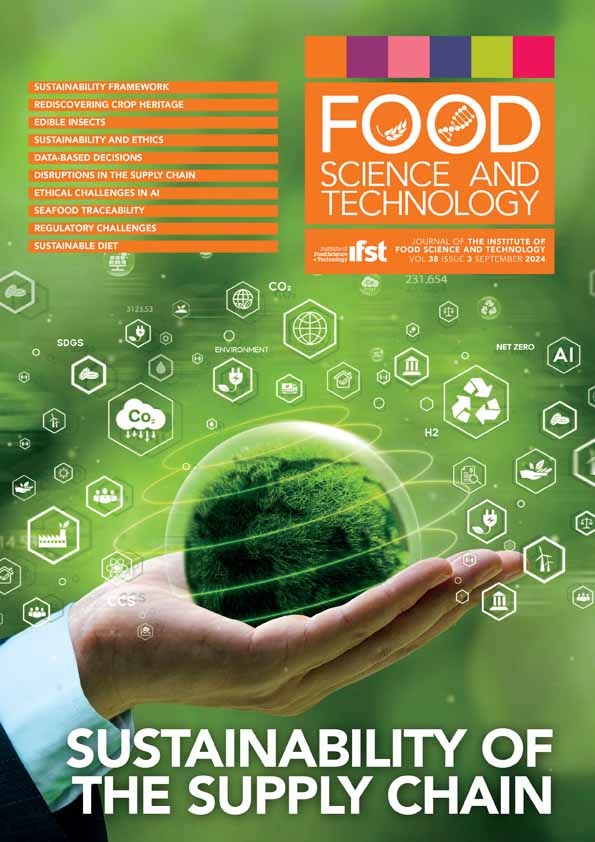Impact of the drying air conditions on the milling quality of a long-grain rice variety at different moisture content ranges using a lab-scale dryer
Q2 Agricultural and Biological Sciences
引用次数: 0
Abstract
During the harvest season, rice needs to be dried immediately to prevent deterioration. Therefore, the rice industry must have the capacity to dry fast while minimizing the milling quality loss. The aim of this study was to assess the impact of drying processing variables on milling quality and drying duration, at different stages of drying. To this purpose, a thin-layer lab-scale dryer was used at different drying air temperatures, relative humidities (RH), and grain moisture content (MC) ranges. At MC up to 15%, it was possible to dry at a temperature of 47ºC and 27% RH maintaining a low milling quality loss. At lower MC, the drying air temperature should decrease to 35ºC and 50% RH to maintain the milling quality loss low. This condition increases the drying duration (compared with drying at 47ºC). Therefore, a two-stage drying program was proposed, using more severe drying conditions during the first stage (MC up to 15%) and softening the conditions during the final stage (MC from 15 to 13%). This drying program allows decreasing the drying duration, maintaining a low milling quality loss. The implementation of step-wise drying programs is expected to increase the efficiency of the commercial process.使用实验室规模的烘干机在不同含水量范围内烘干空气条件对长粒米品种碾磨质量的影响
在收获季节,大米需要立即干燥,以防止变质。因此,大米行业必须具备快速干燥的能力,同时尽量减少碾磨质量的损失。本研究旨在评估不同干燥阶段的干燥处理变量对碾米质量和干燥持续时间的影响。为此,在不同的干燥空气温度、相对湿度 (RH) 和谷物含水量 (MC) 范围内使用了薄层实验室规模的干燥机。在 MC 高达 15%的情况下,可以在 47ºC 的温度和 27% 的相对湿度下进行干燥,并保持较低的研磨质量损失。当 MC 较低时,干燥空气温度应降至 35ºC 和 50% 相对湿度,以保持较低的制粉质量损失。与在 47ºC 温度下烘干相比,这种条件会延长烘干时间。因此,我们提出了一个两阶段的干燥方案,在第一阶段使用更苛刻的干燥条件(MC 达到 15%),在最后阶段使用更柔和的干燥条件(MC 从 15% 到 13%)。这种干燥程序可以缩短干燥时间,保持较低的研磨质量损失。分步干燥方案的实施有望提高商业加工的效率。
本文章由计算机程序翻译,如有差异,请以英文原文为准。
求助全文
约1分钟内获得全文
求助全文
来源期刊

Food Science and Technology
农林科学-食品科技
自引率
0.00%
发文量
0
审稿时长
12 weeks
期刊介绍:
Information not localized
 求助内容:
求助内容: 应助结果提醒方式:
应助结果提醒方式:


